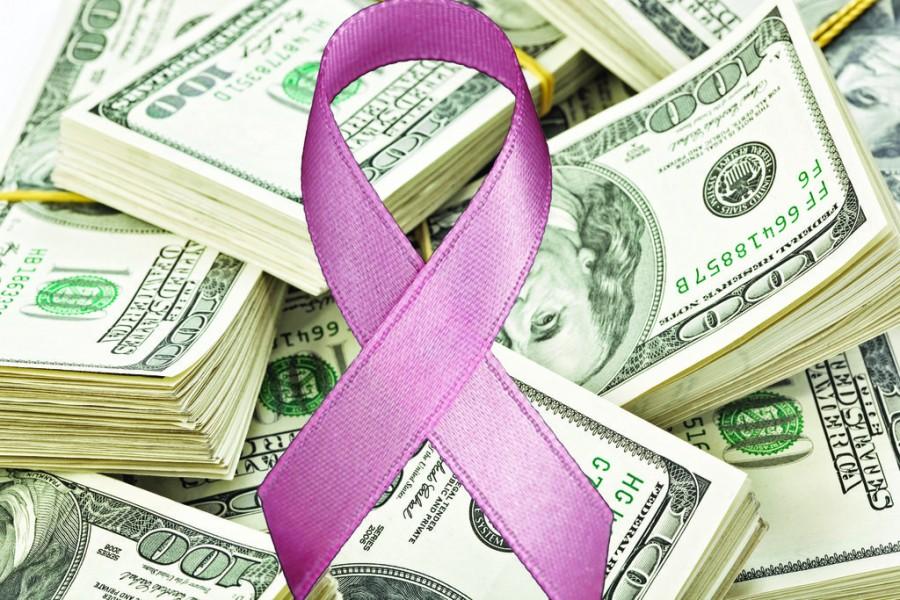According to the American Cancer Society, breast cancer is the second most common cancer among women in the U.S. With just under 300,000 new cases of invasive and non-invasive breast cancer estimated to be diagnosed in 2014, it is no wonder that Breast Cancer Awareness Month maintains popularity among advocates.
Breast cancer has affected the lives of thousands. It is a serious disease, and advocates should take a stand. However, groups desiring to use cause-related marketing as a platform for monetary gain should be exposed.
It is important to note that not all companies that advertise their support of breast cancer research and treatment may have the cause’s best interest in mind.
Products may sport a pink ribbon, but companies might be donating a capped amount to the cause rather than a percentage of each product sold. Even if they do donate from the profit of each product, the donation for each product sold may equal mere pennies.
In the early 2000s Eureka introduced a $200 pink vacuum cleaner to its market line and started a “Clean for the Cure” campaign. The catch? Only $1 from the sale of each vacuum was donated to the cause. That’s less than 1 percent of the cost of the vacuum.
Similar situations abound. While some companies are exercising social responsibility well, it is important for consumers to be aware that many businesses seem to be more concerned about making a dime than finding a cure for cancer.
Companies need to make a profit to be successful. The desire to make a profit is not evil, but consumers desiring to donate to breast cancer research and treatment would do well to proceed with caution before buying “pink” products.
It is a red flag if a company does not specify the name of the organization that will receive the donations, the percentage donated from the sale of each product or whether or not their donation amount will be capped. Transparency is key.
Often, the best way to support breast cancer research and treatment is to donate directly to an organization you trust. Sure, you may not have a pink ribbon fashion statement, but your money will be used for its intended purpose.
